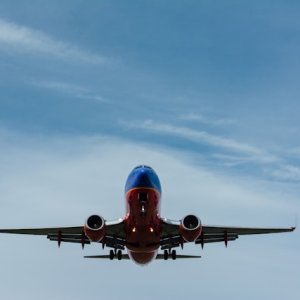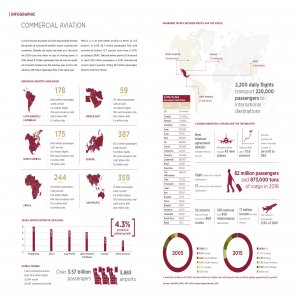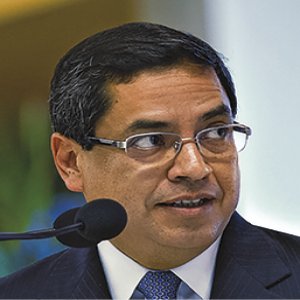Technology Solutions for Aircrafts Service

STORY INLINE POST
Q: What challenges are airlines and airports in Mexico facing?
A: The industry’s first challenge is related to Mexico City’s current international airport no longer being efficient in its functions. The New Mexico City International Airport (NAICM) is also being heavily criticized but this new location and expansion is long overdue because airlines need more slots. They are under pressure to increase the number of flights to meet demand for air travel and cargo. Another challenge faced by local infrastructure is that airlines need and are purchasing increasingly bigger planes. Trends to offer a greater variety of flights and to transport more passengers have rendered the current airport infrastructure impractical because it was designed for smaller airplanes.
Q: What new technologies are modern airports implementing to improve communication and safety?
A: Many routes are incorporating more technology to help airplanes land more accurately and easily. These systems also keep them clear of other objects on their route or even away from another plane on a similar flight path. Ultimately this new technology increases air space safety. Sometimes problems arise from companies thinking they only need to invest in high technology but not in training their employees. Untrained staff can be ineffective and can even damage equipment. When equipment is borrowed from US airports, challenges often arise from improper training. If it is not used correctly, even the most sophisticated equipment becomes useless.
Q: What are the main challenges when introducing new technologies to Mexican airports?
A: Economic support is as important as training because the equipment required is expensive. Forming a committee with the government and all airlines involved could be the solution, wherein experts could oversee the purchase and maintenance of the correct equipment. Prior Aero has championed a committee of this type for quite a while now. We are all involved in the process: the traveler, the airline CEO, their employees and air-traffic personnel among many others. If all the players are not on the same page and only look at what is best for them, that prevents the team effort from working correctly. All industry players need to agree on the different processes involving air-traffic safety and flight monitoring.
Q: What are the main regulatory challenges impacting your client’s operations?
A: A system called Flow Control was established in Mexican airports in 2010-2011. If all those involved in the process used it correctly, the Mexico City International Airport would be much more effective. In that area, there is still work to be done. We need to create a regulation that facilitates the participation of all airlines in scheduling flights to avoid delays through effective planning. The goal should be to make regulations together, with public and private industry participants all contributing to accomplish this. Unless we solve this soon, the problem will simply be carried over to NAICM when it begins operating. Q: For which aerospace services is Prior Aero seeing increased demand? A: My customers demand training. We want to involve them in Safety Management Systems (SMS), which all businesses involved in aviation must install. But this system does not always behave the way they expect it to. When this happens, clients call us for SMS support but they would benefit from taking specific courses on this system.
Q: How soon do you plan to begin offering consultancy services for drone owners?
A: The regulation CO AV-23/10 R3 has included a classification for unmanned aircraft since 2016. The SCT classifies this technology according to weight and probable usage, which is why some drones will require a special permit to be legally operated. Drones weighing more than 250g must be registered with the government and owners must know where they are allowed to fly and where not, such as private property. All drones come with an identification chip from the factory that allows aviation authorities to keep tabs on them. Prior Aero often helps people keep their permits in order and even to get a license to fly should they need one.
























